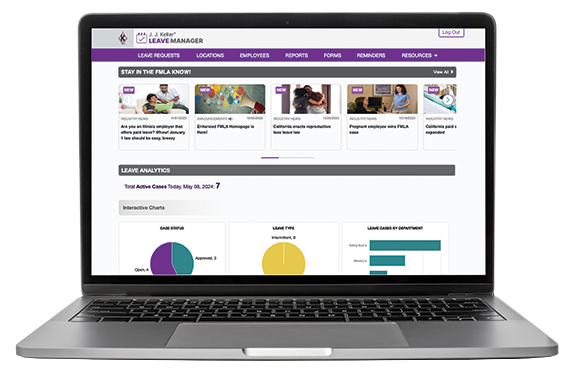Key to remember:
Congress made the FMLA paid leave tax credit permanent
Employers don’t have to be covered by the FMLA
On July 4, 2025, President Trump signed HR 1, the “One Big Beautiful Bill Act” (OBBBA), into law. The massive budget measure includes several provisions related to the workplace. One such provision makes the employer credit for providing paid family and medical leave permanent.
The credit is established under the Tax Cuts and Jobs Act (Internal Revenue Code §45S). The law authorized the credit in 2017 as a two-year trial (extended twice) in response to appeals for federal paid family leave.
Eligible employers may claim the tax credit, which is equal to a percentage of wages they pay to qualifying employees while they're on paid family and medical leave. The reasons employees may take leave are the same ones under the federal Family and Medical Leave Act (FMLA). Employers don’t have to be covered by the FMLA to claim the tax credit.
The tax credit includes the following provisions:
- Employers must have a written policy in place that meets certain requirements, including:
- Giving employees at least two weeks of paid family and medical leave per year to all qualifying employees who work full time (prorated for employees who work part time), and
- Paying employees during the leave at least 50 percent of their normal wages.
- The credit is available to employees making less than $96,000 per year. It is equal to either (not both):
- A set percentage of the wages paid during an employee’s family and medical leave, or
- A set percentage of insurance premiums that the employer paid for paid family and medical leave coverage.
- The credit is available in all states, including those with paid leave programs or paid leave requirements, so employers may count state and local mandated paid leave toward the eligibility for the tax credit, but the credit still may only be used for wages paid over and above such a state or local law; and
- The minimum employee work requirement is lowered from one year to six months, and eligible employees must work at least 20 hours per week.
Employers within the same controlled group under I.R.C. § 414(b) and (c) are treated as a single employer. All controlled group members must have a written paid family and medical leave policy and meet all the requirements for the credit. There are exceptions if employers have a substantial and legitimate business reason (other than line of business, wage rate, or job category) for treating some employees differently.
The tax credit was set to sunset on December 31, 2025, but the changes to make it permanent apply to tax years beginning after that date.
The tax credit for giving employees paid family and medical leave has become permanent.
This article was written by Darlene M. Clabault, SHRM-CP, PHR, CLMS, of J. J. Keller & Associates, Inc. The content of these news items, in whole or in part, MAY NOT be copied into any other uses without consulting the originator of the content.

The J. J. Keller LEAVE MANAGER service is your business resource for tracking employee leave and ensuring compliance with the latest Federal and State FMLA and leave requirements.